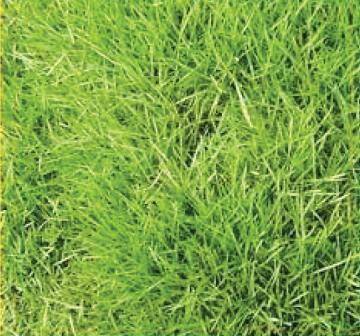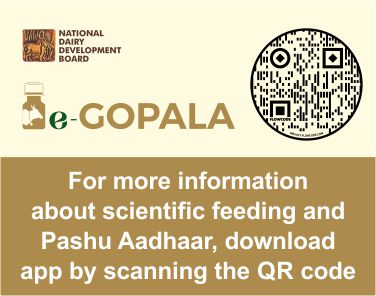
Doob grass (Cynodon dactylon)
Common names: Bahama grass (because of its introduction to U.S. by way of Bahama Islands) Doob grass, Dhub grass
Local names: Sanskrit: Durva Haritali Hindi: Dhub, Hariali Tamil: Arugam pillu, Hariali
Telugu: Garicha gaddi, Harvali Kannada: Garikahullu, Kudigarike
Doob grass is one of the best fodder and is a good soil binder. It is perennial with creeping habit. It contains about 10-12% protein and is propagated by stem and root cuttings. The best sowing time is monsoon but can be planted in spring and summer when water is available. In some of the strains of doob grass the content of protein may be as high as 20%, which with progressive maturity is lowered nearly to half. It is a turf grass for lawns and golf courses.
Studies on this grass have revealed that its protein content is never lowered below 8-10% under any circumstances, even during the months of May and June in the western tracts of UP. It is, therefore, always a maintenance ration but according to the season and stage of growth it can provide a good production ration as well. It has been observed that although some of the leaves of doob grass dry up; simultaneously new growth springs up which probably maintains its content of protein. From these desirable qualities it has been highly respected through ages. The only disadvantage seems to be its low yield, but not all the strains are low yielder. Some of these form a thick mat and are much softer than the common doob grass available. The average yield of the grass is about
300-350 quintals of fodder/ hectare. It is an excellent pasture grass and is always found in natural pastures mixed with legumes. There are other strains of Cynodon dactylon. One of the strains is giant star grass.
Nutritive value
Doob grass is palatable, nutritious, cheap and it is a dependable winter feed for cattle. It is a turf grass for cattle. Leafy perennial with numerous and stolens used for vegetative propagation. Readily eaten by all types of livestock and also used as a soil binder for the control of soil erosion. Better weight gain is possible in cattle fed with the grass than with any other grass species due to higher values of protein and low crude fibre and proved to be equal to timothy hay in supporting the milk production. It contains 10% crude protein and 28% crude fibre.
